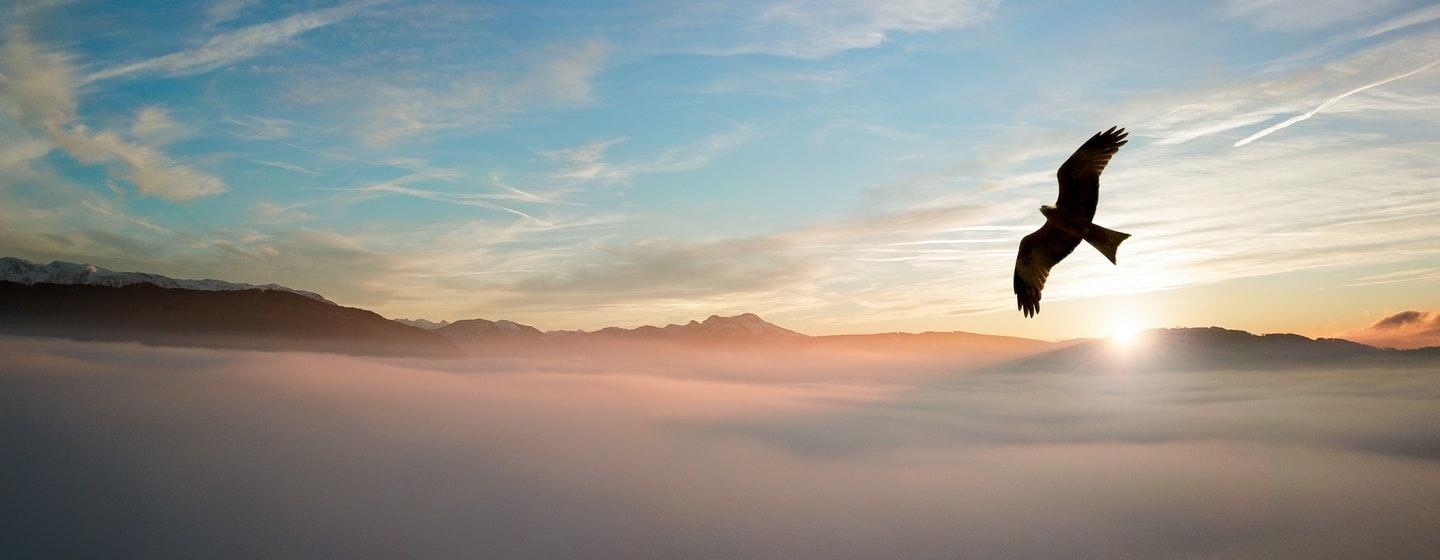Telescopes
Galileo: Discovering Jupiter’s Moons
The telescope forever changed astronomy by providing more detailed views of distant objects than was previously possible.
Hubble Telescope: Looking Deep
Since its launch is 1990, the Hubble Space Telescope has provided scientists with a vast amount of quality data and has contributed to a number of important discoveries.
Treasures of the Earth
Learn why the James Webb Space Telescope uses gold-coated mirrors, in this video from NOVA: Treasures of the Earth: Metals. Gold is an almost perfect reflector of infrared light.
Robots
Collection from Touch Tomorrow
One Lesson Plan, 14 Videos, 1 Media Gallery
LEGO Robots
Despite meticulous planning and programming by its designers, an autonomous robot can encounter unexpected challenges. This is true for both LEGO® robots and Martian rovers.
Robotics- Science Trek
This video segment from IdahoPTV's Science Trekdefines a robot, explains the 3 parts of a robot, and informs us of some of the many different ways they are used.
Cars
The Impact of Technology: Cars
This video segment, adapted from A Science Odyssey: Bigger, Better, Faster, tells the story of Henry Ford's industrial revolution.
Plastic Race Car Competition
In this video segment adapted from Pennsylvania College of Technology and WVIA, follow a class of high school students participating in a technology competition and learn about how plastic products are made.
Clean Air, Electric Cars, and Alternate Transportation: Ecosense for Living
What can we do about air pollution? As individuals, our transportation choices make a big impact.
Rockets
Early Rocket Ventures
The Redstone Rocket was NASA's early venture into long-range rocketry and would later be used to put the first U.S. man in space.
NOVA scienceNOW: Franklin Chang-Diaz
In this video segment adapted from NOVA scienceNOW, meet Franklin Chang-Díaz, an astronaut and scientist. Learn how he has been interested in rockets and space travel since he was a child in Costa Rica, and how he immigrated to the United States to pursue his dream of becoming an astronaut.
Speeding Up Space Travel
Learn about innovations in rocket technology that could change the way humans explore space in this video excerpt from NOVA scienceNOW: "Can We Make It to Mars?"
Blasting Off to Space!
Did you know the rocket that took us to the moon was designed in Alabama? Student Reporter Luke Partridge went to the US Space & Rocket Center to learn about rocket technology with head archivist Ed Stewart.
STEAM: Ideas that Shape Our World Collection
The STEAM collection (Science, Technology, Engineering, Art, Math) explores the world of ideas with leading innovators who spoke at the IdeaFestival in Louisville. Topics range from infectious disease and evolutionary biology to virtual reality, inventions, and alien minds.



